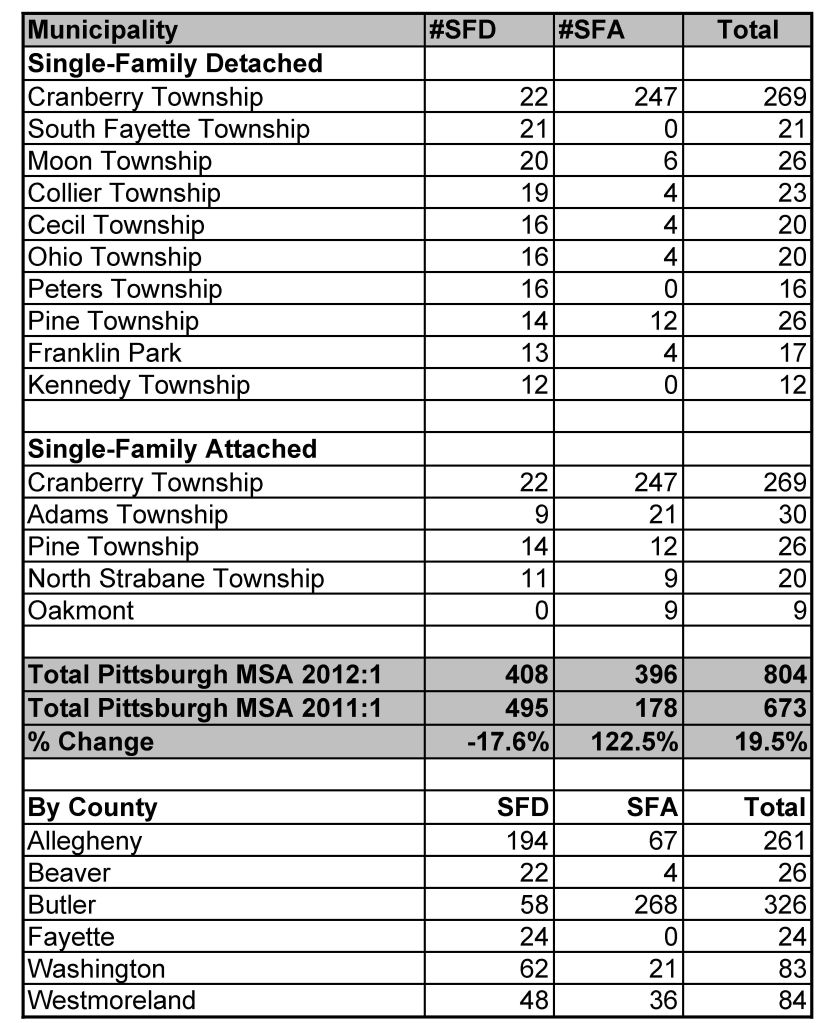Such is the nature of this economy that the trend seems to change direction every few months. Since April the corporate and industrial users who were so cramped and needed space have been sitting on their collective wallets as fears about Europe, elections, slowed hiring, etc. made them uneasy about the state of their business 12-24 months out. The conventional wisdom became that the market was dead until after the election in November. For certain, the number of projects to bid diminished steeply.
Now, either because of better news or the growing realization that pinning your long-term business hopes to a single election was silly, there is more action in the market. The July jobs numbers were a pleasant surprise; the European bank has expressed determination to solve the Eurozone debt crisis; corporate earnings season has been better than expected, with companies now raising guidance for the rest of the year (after lowering them in spring); and the House and Senate have pushed out the budget confrontation until next year, assuring that there will be no confidence-sapping battle this fall.
What any of this means to the future of the economy is uncertain but for now it seems to make owners feel better. That, at least seems to be moving real estate deals along.
Among the projects that are now moving: Horizon is taking bids on its next 150,000 sq. ft. building at Southpointe. Burns & Scalo, Millcraft, Elmhurst seem poised to make announcements of key tenants for their new office buildings. Morgan Management is taking bids on the $30 million Reserve at Southpointe apartment project from Dynamic, Franjo and MW Builders. The $36 million Laurel Highlands High School has gone out to bid in the public sector. Seton Hill has taken RFP’s for a contractor for its next major project. URA is looking for a developer for the former Saks Fifth Avenue site and has awarded a contract for the store’s demolition. The Animal Rescue League selected PJ Dick as contractor to build its new 40,000 square foot facility in the Homewood section of Pittsburgh

